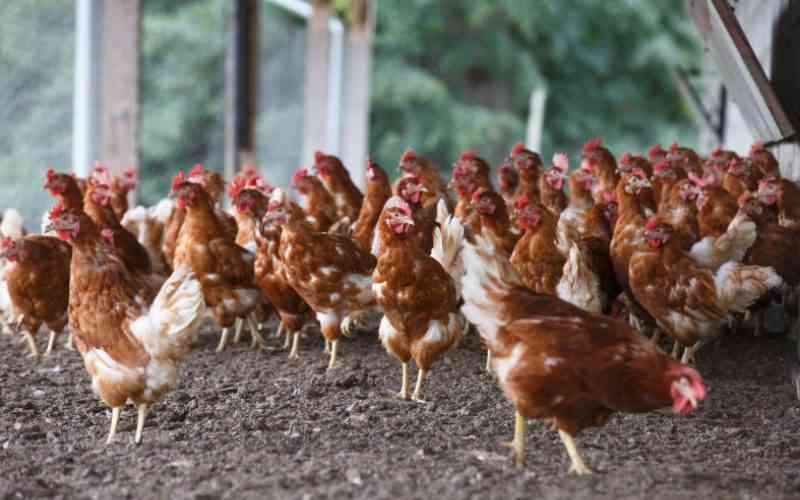
A poultry house is one of the areas with the greatest disease risk. To keep diseases at bay, the units require constant attention which is mostly achieved through a robust hygiene programme involving cleaning and disinfection of the whole unit after cropping and before new flock arrival.
In selecting a good and effective disinfectant, it must be understood that the survival of avian pathogens outside the animal body varies considerably depending on the species, presence of organic matter and protection in cracks and crevices in the farmhouse. Here are the most common disinfectants in poultry farms.